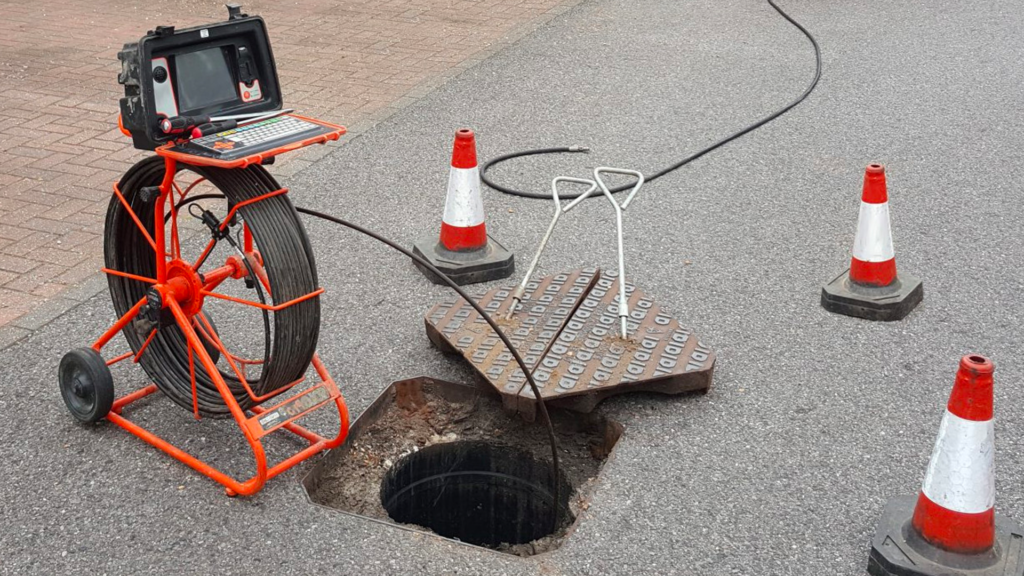Reclaim Waste Fundamentals Explained
Reclaim Waste Fundamentals Explained
Blog Article
The Ultimate Guide To Reclaim Waste
Table of ContentsRumored Buzz on Reclaim WasteA Biased View of Reclaim WasteGetting My Reclaim Waste To WorkThe 3-Minute Rule for Reclaim WasteExcitement About Reclaim Waste
Residential sewer waste refers to the waste and products from a household septic tank. The proper monitoring and disposal of domestic sewage waste call for liquid waste to be transferred to a sewer therapy plant where the correct techniques and equipment are applied to detoxify and dispose of waste.
Commercial waste often includes prospective dangers, such as flammable materials or a mix of fluid and strong waste products, and calls for a more advanced and in-depth disposal process. The disposal of industrial waste usually involves the purification of waste prior to transportation to make sure safe and correct disposal. Industrial waste is developed from results and drainage of industrial procedures and manufacturing.
This type of waste can not utilize the same sewage management transportation or processes as septic or business fluids. The hazardous waste administration process requires the evaluation and testing of fluid waste prior to it goes through the disposal process (liquid waste removal melbourne). Drainage waste is the liquid waste that comes from runoff and excess stormwater in highly populated locations or cities
Runoff waste can cause contamination and flooding if not managed correctly. Guaranteeing appropriate waste administration can avoid disasters and lower ecological harm.
Not known Facts About Reclaim Waste
Contact PROS Providers today to learn more about our waste monitoring and disposal solutions and the correct methods to look after the fluid waste you produce.
(https://leonaube33101.wixsite.com/reclaim-waste/post/effective-liquid-waste-removal-and-disposal-everything-you-need-to-know)This supposed 'wastewater' is not just a crucial resource yet, after treatment, will certainly be launched to our land, waterways or the sea. Utilized water from toilets, showers, bathrooms, kitchen sinks, washings and industrial processes is recognized as wastewater.

water made use of to cool equipment or tidy plant and equipment). Stormwater, a type of wastewater, is runoff that streams from agricultural and metropolitan areas such as roofs, parks, gardens, roadways, view it courses and rain gutters right into stormwater drains pipes, after rain. Stormwater streams neglected straight to neighborhood creeks or rivers, eventually reaching the ocean.
A Biased View of Reclaim Waste
In Queensland, a lot of wastewater is dealt with at sewer therapy plants. Wastewater is delivered from residential or commercial websites via a system of sewers and pump stations, understood as sewage reticulation, to a sewer therapy plant. City governments develop, keep and operate most sewage therapy plants. Operators are certified under the Environmental Defense Act 1994 to discharge cured wastewater at an acceptable ecological criterion into waterways.
The Division of Natural Resources suggests regional governments about handling, operating and preserving sewerage systems and therapy plants. In unsewered areas, city governments may require owners to set up private or home sewage treatment systems to deal with residential wastewater from bathrooms, kitchen areas, shower rooms and laundries. The Department of Natural Resources authorizes making use of home systems when they are shown to be effective.
In some brand-new neighborhoods, treatment of some stormwater to get rid of trash, sand and crushed rock has started using gross toxin traps. Wastewater therapy occurs in 4 phases: Eliminates strong matter.
Wastewater then streams into huge containers where solids resolve and are eliminated as sludge. Oil and scum are skimmed from the surface. Makes use of tiny living microorganisms referred to as micro-organisms to break down and get rid of staying liquified wastes and fine fragments. Micro-organisms and wastes are integrated in the sludge. Removes nitrogen and phosphorus nutrients that might cause algal blossoms in our waterways and threaten aquatic life.
Not known Facts About Reclaim Waste
Nutrient removal is not available at all sewer treatment plants since it calls for expensive specialist tools. Clear liquid effluent generated after therapy might still consist of disease-causing micro-organisms - industrial wastewater treatment.

This typically implies wastewater has to be treated or impurities gotten rid of before it can be released to rivers. A lot of wastewater streams into the sewerage system. Under the Act, local federal governments provide approvals and licences for eco pertinent activities (Periods) including wastewater releases that may have a regional influence. The division administers authorizations and licences to Ages involving wastewater launches that might have a local or statewide effect.
Little Known Questions About Reclaim Waste.
Otherwise, samples are taken for research laboratory analysis. Commonly several tests are needed to develop the degrees of each of the various contaminants such as oils, hefty steels and pesticides in water. Tracking supplies valid details about water quality and can verify that permit problems are being satisfied. The details acquired via tracking supplies the basis for making water quality decisions.
Report this page